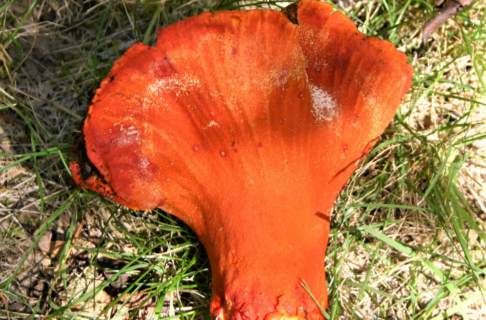Posted on: Tuesday July 3, 2018
For the last 13 years I have spent part of my summer studying beautiful plants; plants with big displays of nice-smelling flowers. The reason I was studying them was because I was interested in learning which insects like to visit them for their nectar and pollen. However, this year I realized that for too long I have been neglecting the ugly plants; you know the ones that we step on without a care.
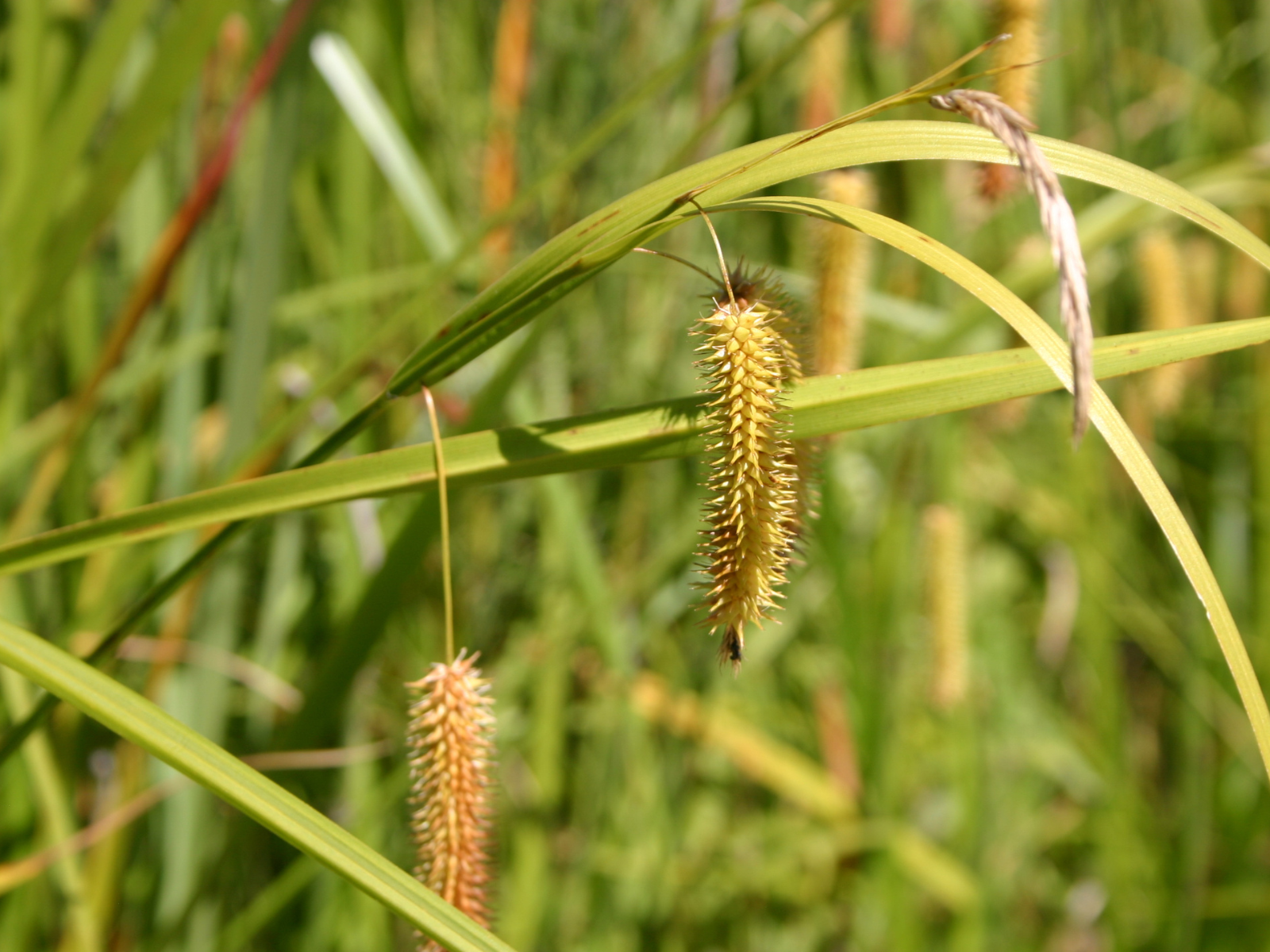
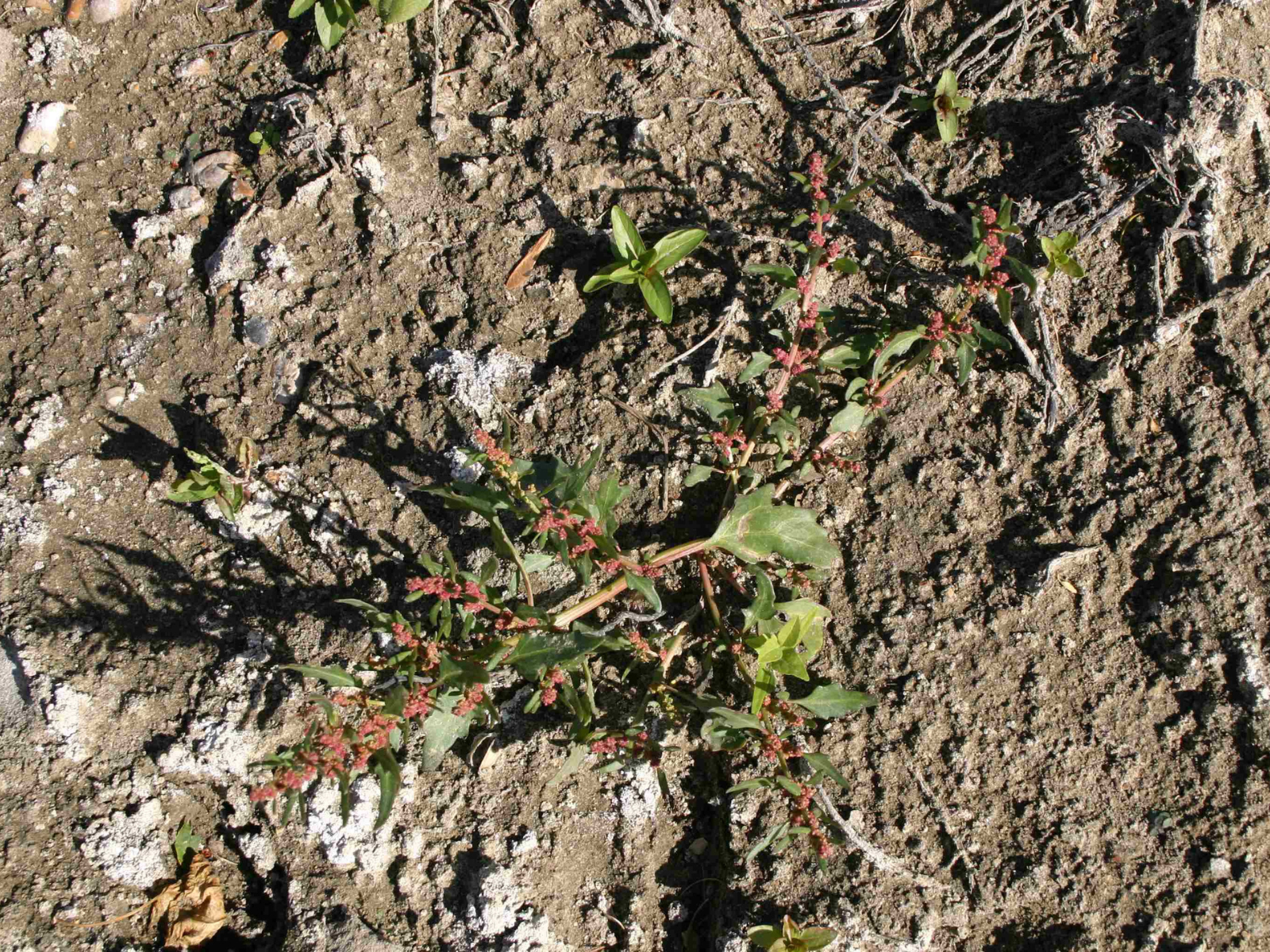
You’ve probably stepped on Oak-leaved Goosefoot (Chenopodium salinum) at the beach. It grows on sandy, often saline shorelines.
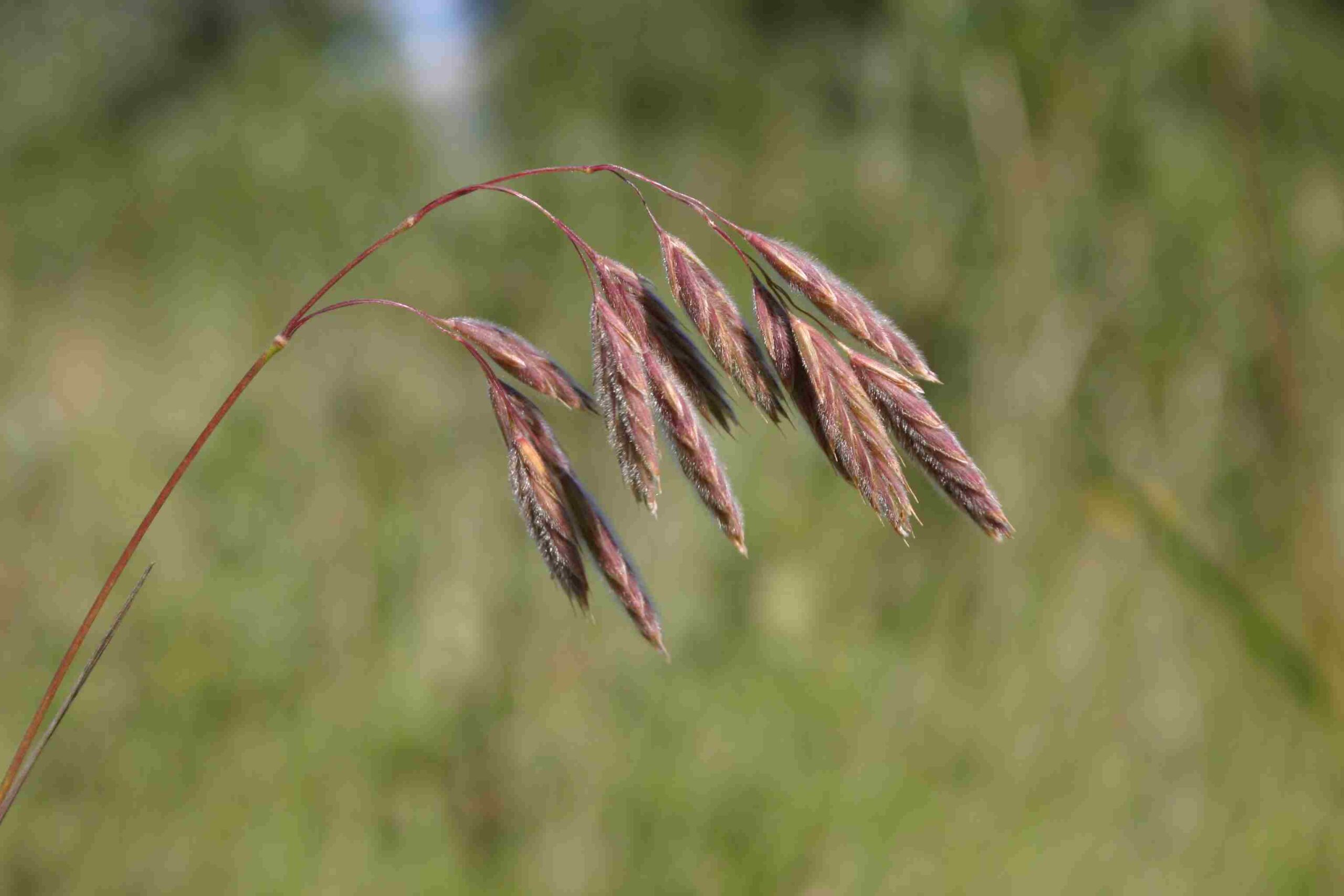
So what are these ugly plants and why are they so unattractive? Most of them are grasses, sedges and rushes but some are aquatic plants–the ones that tickle your legs when you go for a swim in a lake. Although they comprise only about a quarter of all plant species in Manitoba, they make up a much greater percentage of the total plant biomass; grasslands are named after grasses for a reason after all. These plant species are relatively unattractive because they are typically wind-pollinated. That means the wind blows the pollen off of one flower and onto the pollen catchers (stigmas) of another plant, resulting in fertilization of that plant’s eggs. Large petals would just get in the way of this process and be a waste of resources to produce, so most wind-pollinated plants have no petals at all or very tiny ones. The flowers of wind-pollinated plants may consist of just stamens (i.e. pollen-producing structures) and/or pistils (i.e. egg-producing structures). However, some plants, like grasses, have highly modified upper leaves (glumes, lemmas, and paleas) to protect the growing seeds. The flowers of some wind-pollinated plants are so tiny that you can only see their details under a microscope.
Some grass flowers such as this Fringed Brome (Bromus ciliatus) are actually quite attractive. The colourful uppermost leaves (=glumes), which cover the flower parts, are purplish and covered with fine hairs.
So why am I studying them? Well, we must remember to not confuse appearance with ecological importance. Although ugly plants aren’t always particularly nice to look at, they play extremely important roles in the functioning of ecosystems. Grasses with their enormous root systems, remove tremendous quantities of carbon from the air and lock it underground in the form of soil organic matter. Unlike the carbon in trees, this soil carbon will not burn up in a wildfire. Grasses also provide livestock and wild animals with an abundant source of food. In wetland habitats, the dense roots of grasses, sedges and rushes filter the water, removing contaminants and nutrients like phosphorus, which would otherwise cause algal blooms in our lakes.
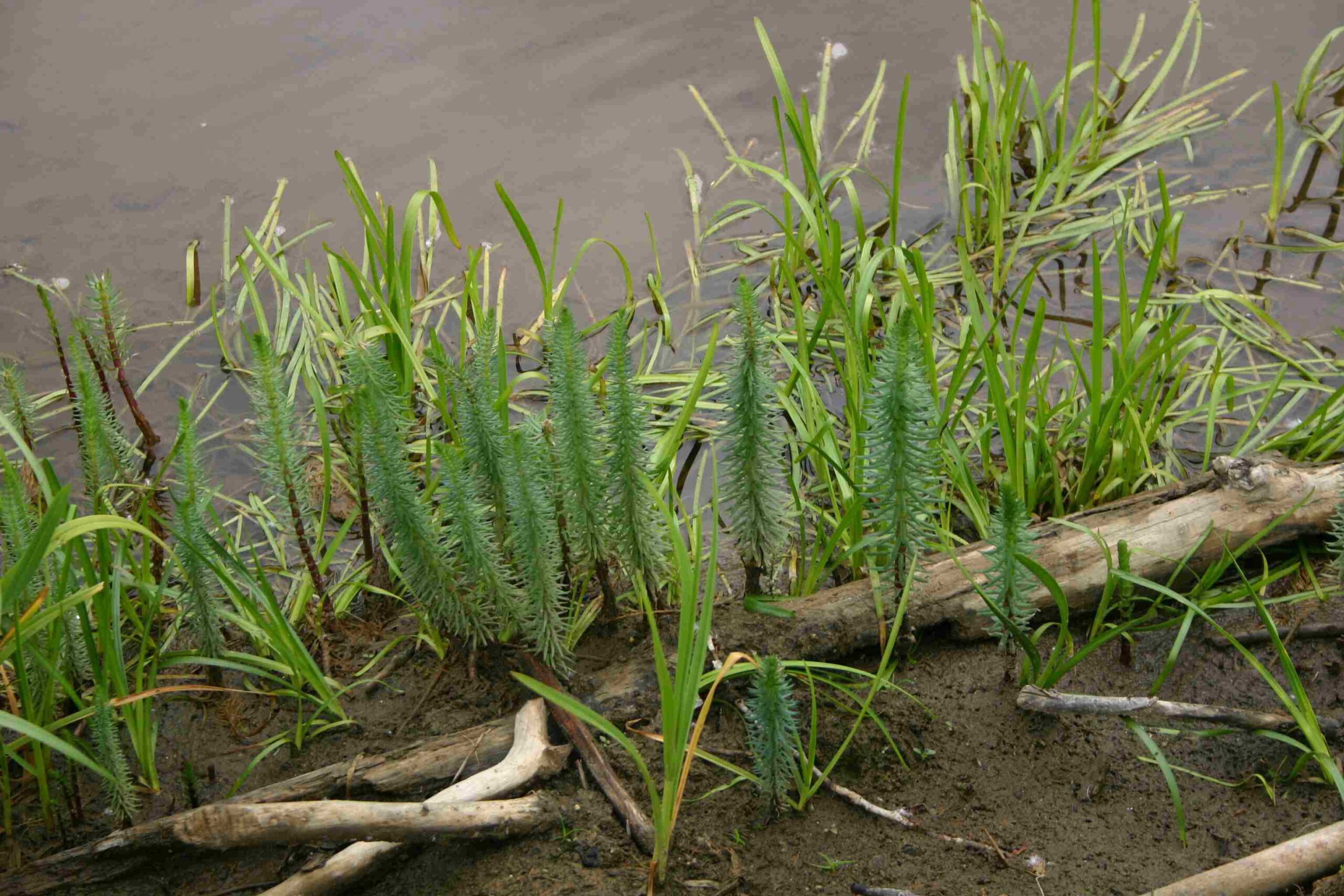
Aquatic plants like Mare’s-tail (Hippuris vulgaris) help filter water.

Exotic grasses like Smooth Brome (Bromus inermis) are invading areas along the Rat River.
Unfortunately, some of these plants are in trouble. While searching for several historically collected grasses, Wiegand’s Wild Rye (Elymus wiegandii) and Hairy Woodland Brome (Bromus pubescens) in southern Manitoba this June, I was upset to realize that the habitats where these plants once occurred have been completely taken over by weedy Eurasian species like Smooth Brome (Bromus inermis) and Quack Grass (Elymus repens). These aggressive, invasive species have benefitted from the soil disturbances associated with human activity and have been able to spread into native grasslands and woodlands, displacing pretty much everything else. I will continue my search for these elusive species during my next field trip further north in the hopes that I will still find them somewhere in the province.






